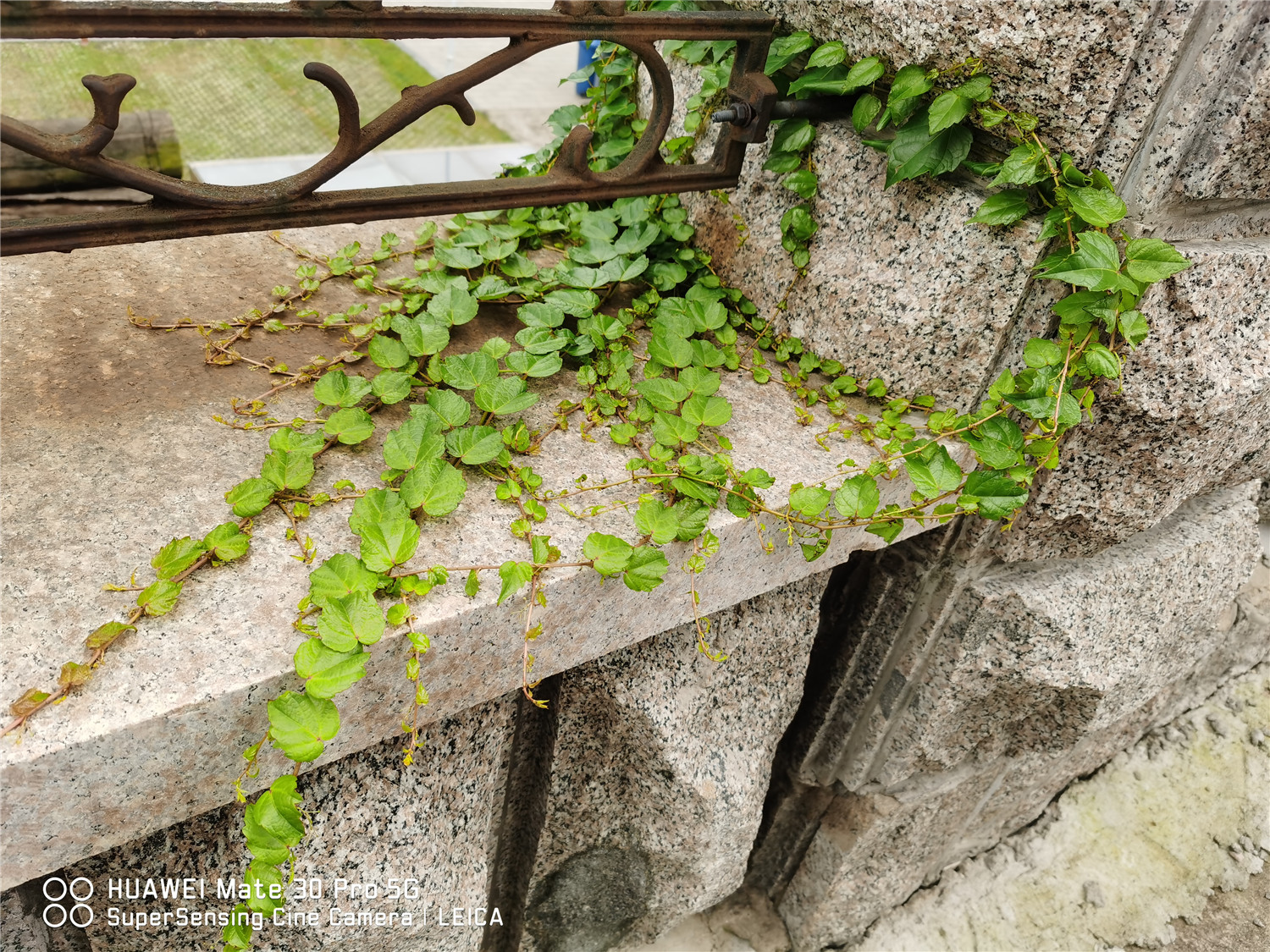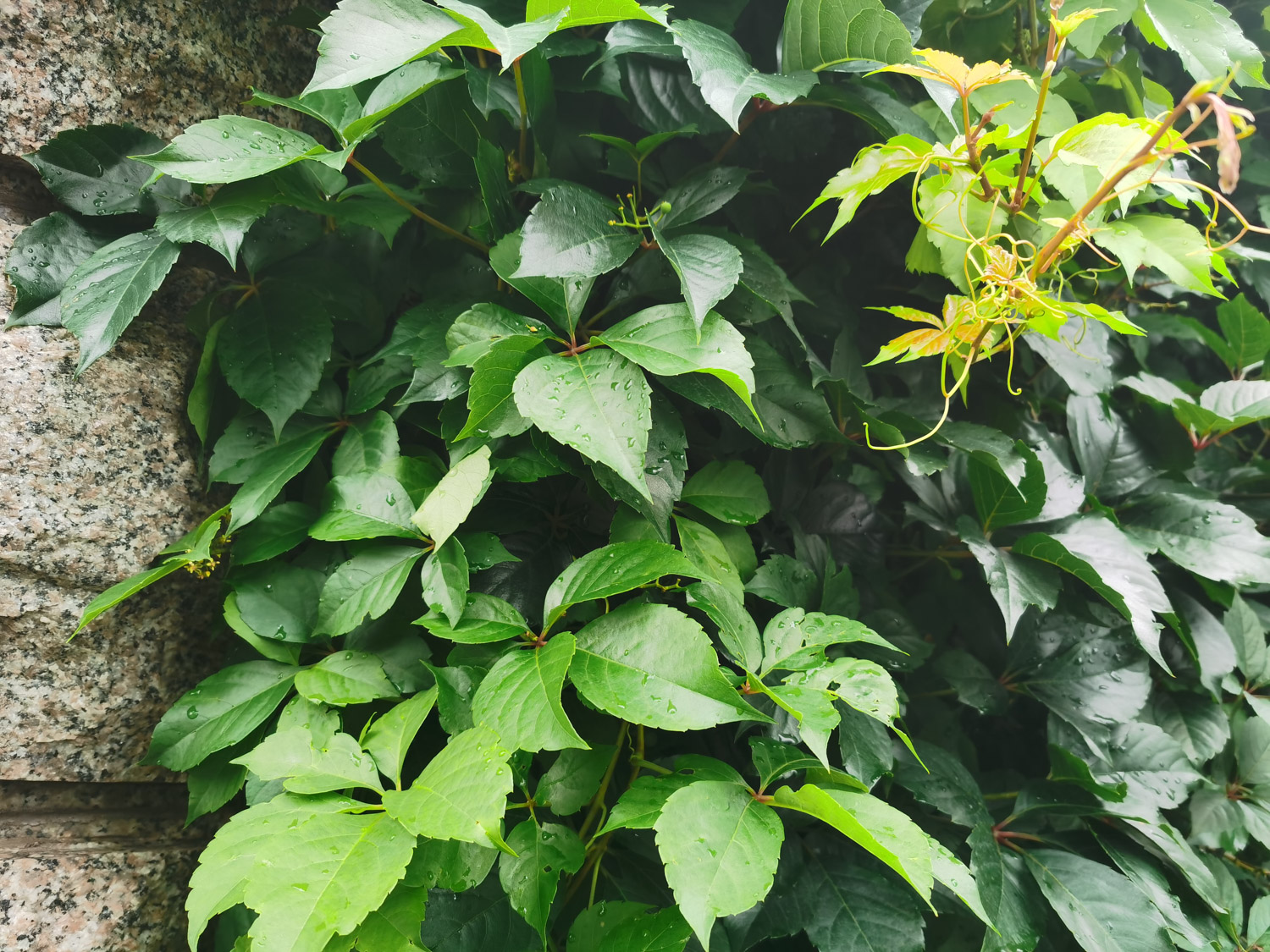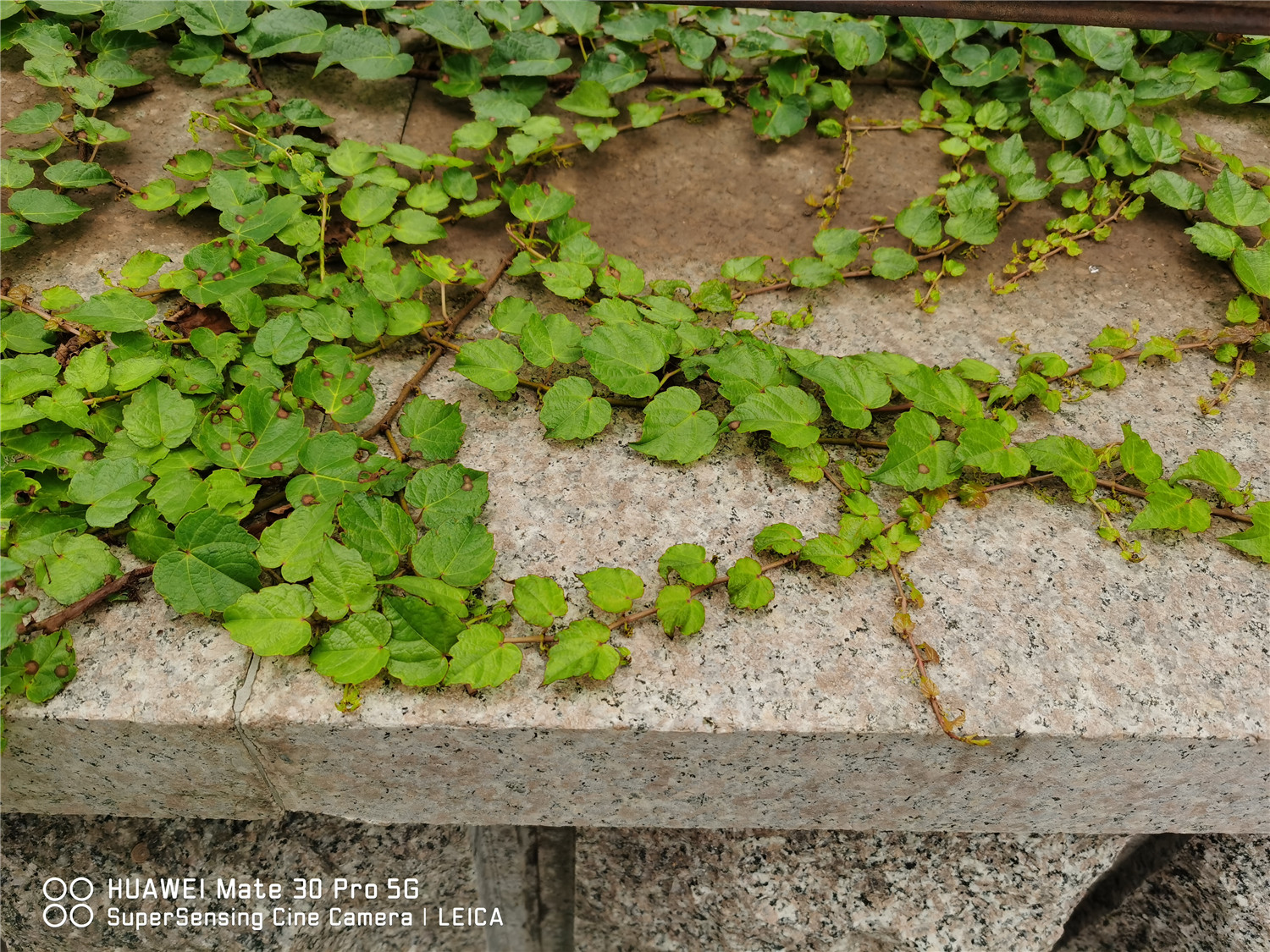1. What is Parthenocissus
Parthenocissus, also known as Parthenocissus, is a plant mainly attached to the wall surface. It is a plant of the genus Euphorbia in the grape family. Its origin is in the east of Asia, North America and the Himalayas, and then gradually introduced all over the world. It belongs to liana and is good at climbing. It is common on the outer wall or roof of buildings and rocks. It will also blossom, but the flowers are relatively small and yellow green. The flowering period is generally in June every year, and the results are generally before September to October

The leaves of Parthenocissus will change color, usually dark green, and turn bright red in autumn. Therefore, Parthenocissus has been widely used in greening and has high ornamental value
2. What are the characteristics of Parthenocissus leaves
The leaves of Parthenocissus are generally alternate, the leaflets are relatively thick, and the edges are coarse serrated. Its leaves and veins are symmetrical. The color of the leaves is generally green, without fluff. The back of the leaves is 100%, and the veins on the back of the leaves are pilose. But in autumn, the leaves will turn bright red

The direction of Parthenocissus leaves is smoothly downward, because Parthenocissus climbs upward. Every time gravity moves the stem and leaves upward. Of course, plants with leaf tips down are not just Parthenocissus
The leaves of Parthenocissus are evenly distributed and basically do not overlap. They are densely spread on the wall to protect its roots and maintain the humidity of the wall. Its leaves are evenly distributed because it can maximize the exposure of each leaf to light


 jackfruit
jackfruit snake plant
snake plant hibiscus
hibiscus hydrangea
hydrangea lavender
lavender Green roses climb al...
Green roses climb al... If you don't pay att...
If you don't pay att... Management of four g...
Management of four g...
































